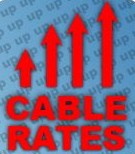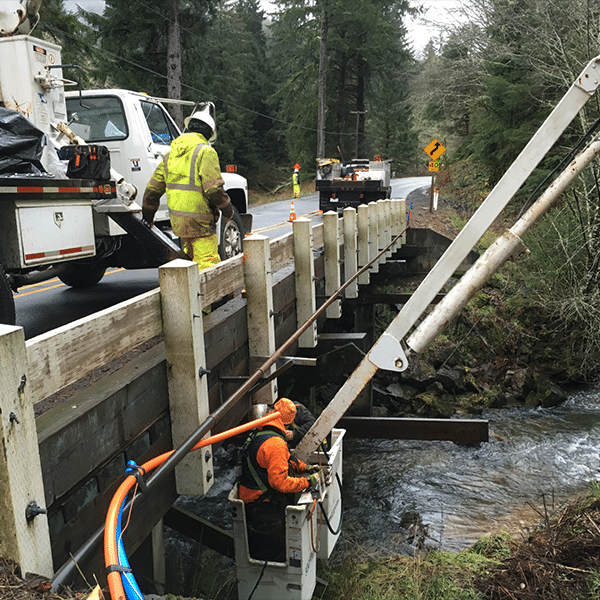
A recent survey sponsored by the Alliance for Community Media and the National Association of Telecommunications Officers and Advisors indicates that despite growing competition for incumbent cable operators, retail cable rates are actually rising. Sixty-six percent of the survey respondents said basic cable rates have increased in their communities, even after the arrival of competition. The survey focuses on the trend of statewide cable franchising bills, which the survey sponsors oppose, citing the loss of control by local communities for franchising issues. Only 1% of the respondents indicate lower cable rates as a result of new competition, which is coming mainly from telcoTV operators like AT&T, Verizon, and hundreds of independent telcos. Multichannel News offers more details on the survey results.
Having a market research arm at Telecompetitor’s parent, Pivot Media, I’m certainly not one to bash survey results. But I would argue that this issue needs more time before firm conclusions can be drawn. Competition between cable and telco simply hasn’t been present long enough in a sufficient number of markets to conclude that retail rates have not been impacted. I would also argue that while retail rates may not have dropped, their rate of ascent surely has been slowed by the arrival of competition. Additionally, perhaps a more accurate measure of competitive impact may lie with digital cable rates, since telcoTV offers are more closely aligned with digital tiers.


